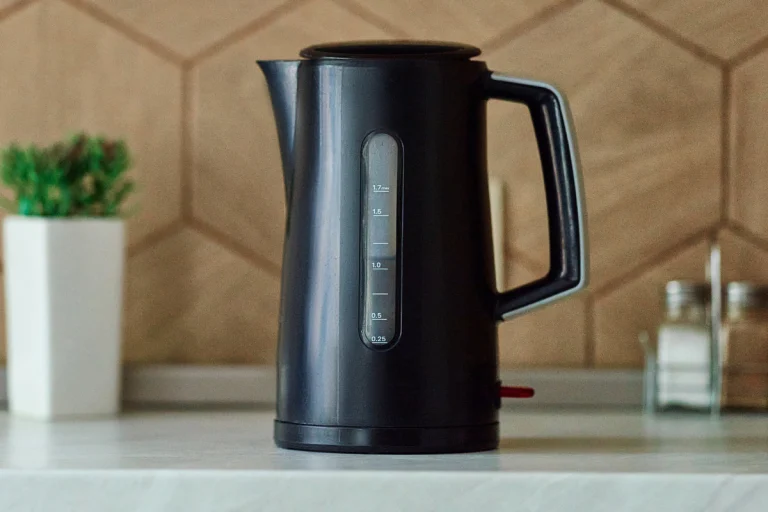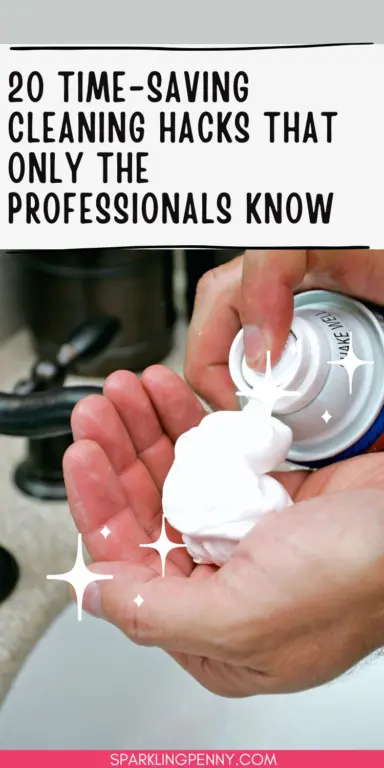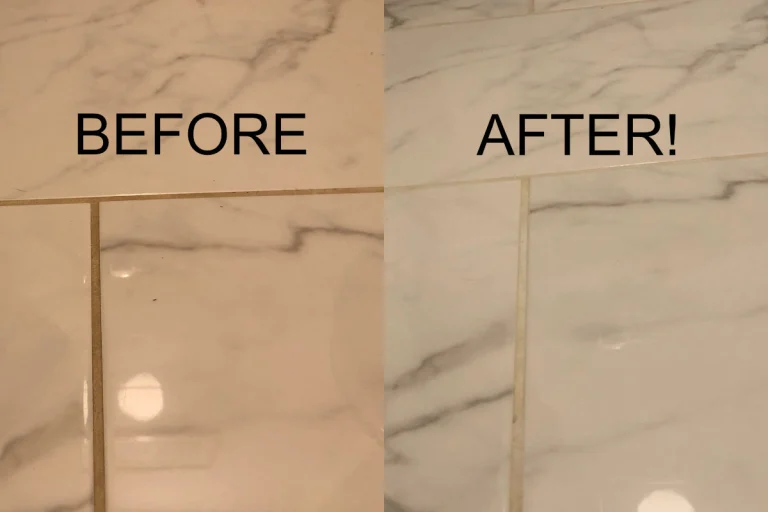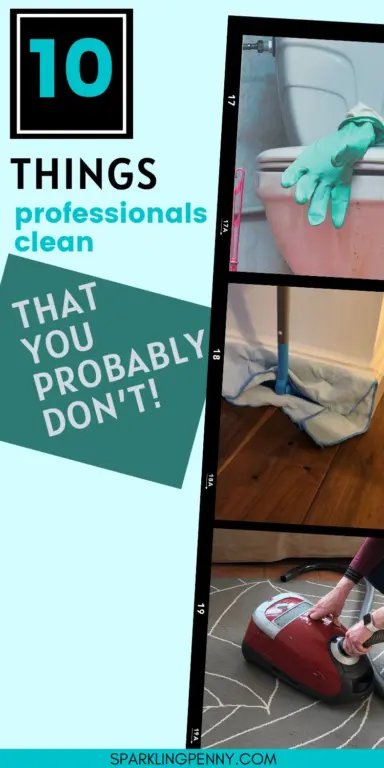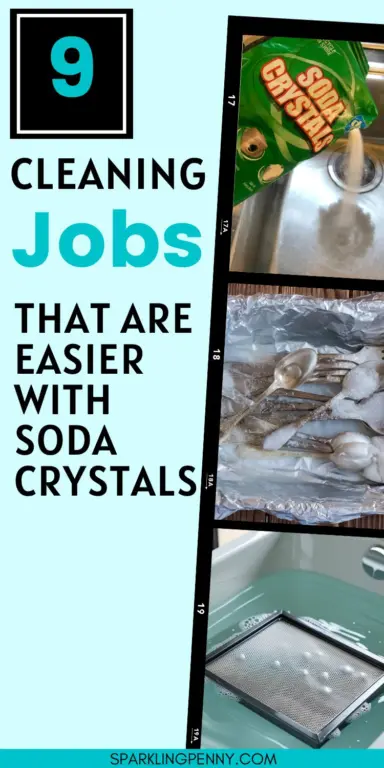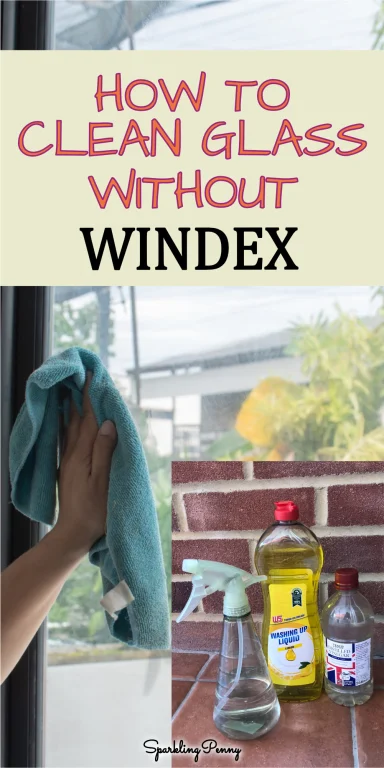A plastic kettle is a more practical choice over metal because it can naturally repel limescale deposits, unlike stainless steel.
We have had a plastic kettle for years because I find it much easier to care for than metal. All it takes is a couple of watermarks and a few greasy handprints and your previously shiny appliance has lost its sparkle. There is no issue like that with plastic!
However, plastic kettles still need some care.
You can very easily clean your plastic kettle with either a lemon or a cup of vinegar. Cola works well too. Simply boil your kettle, let it cool and then dip in a cloth and wipe around the outside. Rinse with water and you have a lovely clean kettle again.
Heads up: I sometimes use affiliate links. When you click these links and make a purchase, I may get a small commission. It won't cost you anything but it helps me to run this site.
What is limescale?
Whilst kettles can get grimy on the outside, the inside tends to stay fairly clean unless you live in an area where the calcium carbonate content in your water is elevated.
Water with a high calcium carbonate content is often referred to as ‘hard water’.
In hard water areas, calcium carbonate is deposited as limescale. Limescale buildup can often be found inside appliances like kettles, around your taps and even in the bottom of your toilet.
Plastic kettles naturally repel limescale buildup, but the bottom plate of the kettle is metal and limescale can build up in that spot quite quickly. The good news is that using something as simple as a lemon or a cup of vinegar you can very easily remove the limescale without having to scrub it.
Why should you clean your kettle?
I used to live in a very hard water area. Quite often I would get to the end of my cup of tea and find gritty limescale in the bottom. If you live in a hard water area too then you will know what I’m talking about!
Besides not wanting to consume the limescale in your hot drinks why else would you want to descale your kettle?
The other reason is that too much limescale will stop your kettle from working at its best. A kettle clogged up with limescale will use more electricity than necessary to boil. Now that utility bills are going up, we all want to conserve electricity as much as possible. Keeping your kettle descaled and working optimally is one way to do that.
How to clean a plastic kettle with vinegar
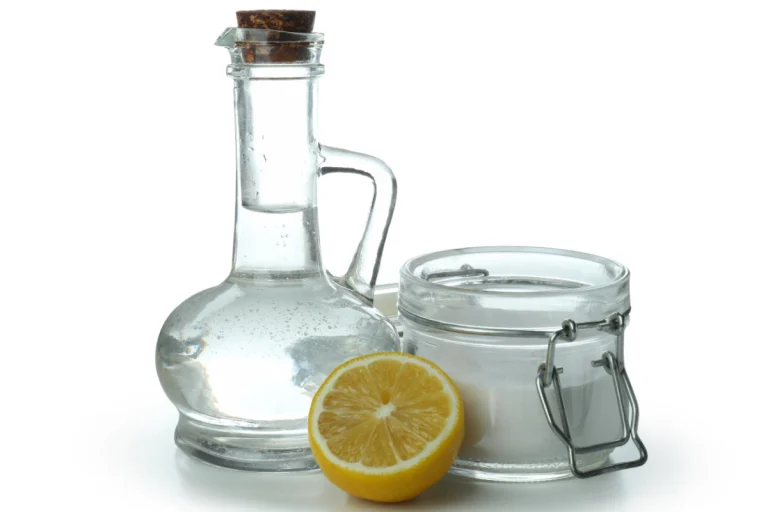
Vinegar is a perfect cleaner for your kettle because it can naturally clean grime on the outside and dissolve limescale on the inside.
Here’s the science bit. Vinegar has a high acid content. Limescale is alkaline. When you mix the two they will react with a fizzing action causing the limescale to dissolve.
Directions for cleaning your plastic kettle with vinegar:
- Fill the kettle with half water and half distilled white vinegar up to the maximum fill line.
- Boil the kettle.
- Leave it to cool.
- Dip your microfiber cloth into the liquid and then use it to wipe around the rest of the kettle.
- Pour the vinegar solution away and then reboil with water.
How to clean a plastic kettle with lemon
Most of the directions I came across for cleaning a plastic kettle involved using vinegar but if you want to know how to clean a kettle without vinegar, lemons are your answer!
Lemons are an effective and natural way to clean the inside of your kettle. The acidic content of lemon juice causes the limescale in the kettle to dissolve just as well as vinegar and preparatory kettle descalers. Plus, lemons smell lovely too.
I have a post that explains exactly how to clean the inside of your kettle with lemon juice.
Here are some directions for cleaning your plastic kettle with a lemon:
- Cut a whole lemon into chunks.
- Add the lemon chunks to your kettle and then fill up to the maximum fill level with water.
- Boil the kettle.
- Leave the kettle to cool.
- Dip your microfiber cloth into the lemon water and then use it to wipe around the rest of the kettle.
- Pour the liquid away and then reboil with water.
Related reading:
How To Clean A Stainless Steel Sink With A Lemon
How to clean a kettle with baking soda or bicarbonate of soda
- Mix a teaspoon of baking soda or bicarbonate of soda with two cups of water.
- Put the mixture into the kettle and boil it.
- Let the baking soda solution sit in the kettle for 30 minutes.
- Rinse away and then wipe the inside of the kettle.
Baking soda will help to clean the inside of the kettle. But, you have a lot of limescale buildup I recommend an acid-based cleaning solution such as coke, vinegar or lemon juice.
How to clean a plastic kettle with coke
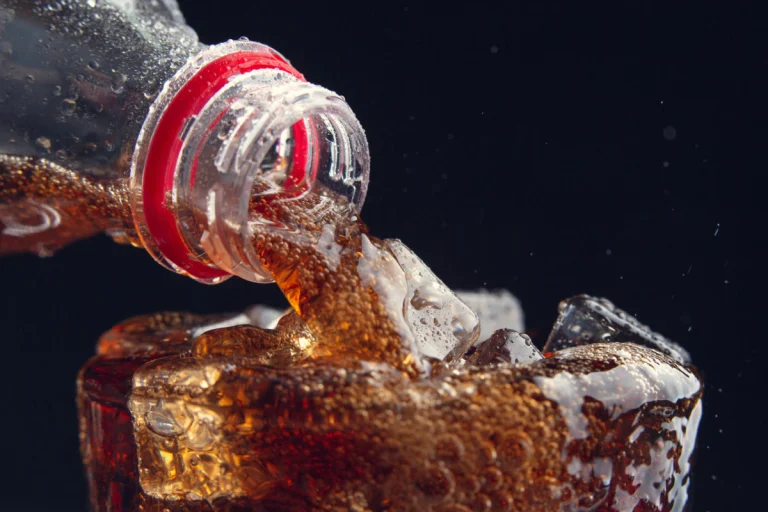
Coke has a high acidic content similar to the acid content in vinegar and lemon juice which makes it ideal for descaling the inside of your plastic kettle.
- Fill your kettle with cola up to the maximum fill line.
- Boil the kettle.
- Let the cola sit in the kettle for 30 minutes.
- Pour the cola away and then scrub the inside if necessary.
- Fill with water and boil again to remove the cola residue.
Related reading:
- How To Clean A Chrome Toaster
- How to Clean Oven Glass With Vinegar and Baking Soda
- How To Clean The Bottom Of The Toilet Bowl
- How To Clean The Inside Of A Kettle With Lemon Juice
How to clean outside of a plastic kettle
Don’t be tempted to plunge your kettle directly into soapy water as it could damage the heating elements.
Here’s how to clean the outside of a kettle without damaging it:
- Unplug the kettle and take it off the base.
- Take a damp microfiber cloth and add a spot or two of dish soap.
- Wipe all around the outside of the kettle.
- Finish with a dry cloth.
How to prevent limescale buildup in your plastic kettle
The best way to prevent limescale buildup is to descale it regularly and also filter your water before you use it.
A Brita water filter like this one can filter out the elements that cause limescale so you won’t have to clean your kettle so often.

How to clean the filter on a plastic kettle
- Remove the filter.
- Soak the filter in a cup of vinegar for ten minutes or until the limescale has loosened.
- Take a microfiber cloth and gently rub it.
- Put it back in the kettle.
How to clean the base of a cordless kettle
- Unplug your kettle and remove it from its base.
- Take a damp microfiber cloth and wipe over the base of the kettle.
- For stubborn marks spray some distilled white vinegar onto the cloth or a spot of dish soap and continue rubbing.
Frequently asked questions
Can I use vinegar to clean my kettle?
Yes, distilled white vinegar is great for cleaning the inside of your kettle because it can dissolve the limescale deposits.
Do plastic kettles get limescale?
Unfortunately, if you live in a hard water area then yes your plastic kettle can develop limescale. To avoid limescale use a water filter and regularly descale your kettle so that it works efficiently.
How often should I clean my plastic kettle?
It all depends on how often you use your kettle and how hard the water is in your area. If you notice a build-up of limescale in the bottom I recommend cleaning it straightaway to make your job easier. This could be as often as once a week if you have very hard water. If you have an old lemon hanging around that has passed its best, why not use it to clean your kettle instead?

